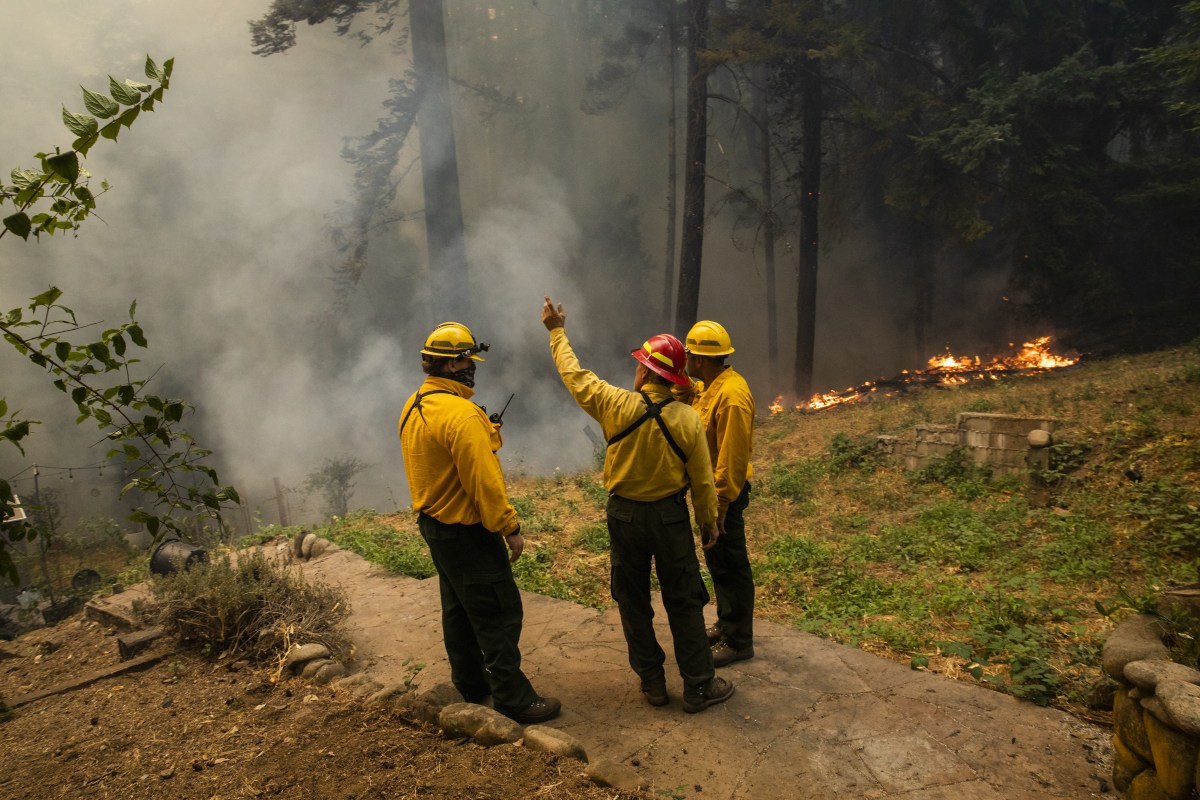Reviving Wildfire-Damaged Forests: How Mast Reforestation Captivated Investors with a Bold Restoration Strategy
Rebuilding after devastating wildfires presents significant financial challenges, particularly in areas like Los Angeles, where recent wildfires have caused property and capital losses estimated at $164 billion. The costs associated with reforestation are also substantial, often amounting to millions of dollars for just a few thousand acres. In this context, Mast Reforestation is pioneering innovative solutions to expedite forest recovery and make it economically viable for landowners.
The Cost of Reforestation
The most considerable expense in the reforestation process is managing dead, burned trees. Often, these trees are cut down, piled up, and burned on-site, which Grant Canary, co-founder and CEO of Mast Reforestation, identifies as the cheapest method.
Innovative Solutions for Landowners
Mast Reforestation has devised a revolutionary approach that allows for immediate financing of reforestation efforts without requiring landowners to wait decades for timber harvesting or carbon credit claims. Instead of burning the leftover trees, Mast plans to:
- Collect and bury the dead trees to prevent decay.
- Generate and sell carbon credits based on this process.
Recently, Mast secured $25 million in funding to advance this new business model, with notable investments from Pulse Fund and Social Capital, among others. Their first project will target areas in Montana affected by the Poverty Flats Fire, which occurred in 2021.
Environmental Considerations
Burial of biomass not only mitigates additional soot release into the atmosphere but, without proper site management, could lead to methane and carbon dioxide emissions. Typically, in most soils, wood decays due to microbial activity, which releases greenhouse gases.
Mast’s Unique Approach
Mast Reforestation employs a different strategy by entombing trees in clay-rich areas to limit air and water flow, effectively stifling microbial activity. The burial process includes:
- Excavating holes up to 30 feet deep and covering areas of three acres.
- Sealing the holes with clay and natural materials, similar to landfill construction.
- Installing monitoring systems to ensure that wood remains undisturbed and does not decompose.
Furthermore, Mast is establishing the Northwest Permanence Foundation, which will oversee the burial sites for the next century, ensuring the integrity of the carbon credits generated.
Future Prospects
By locking carbon in the buried trees, Mast Reforestation aims to sell up to 30,000 metric tons of carbon credits, with proceeds directed towards reforesting approximately 900 acres of land.
Founded a decade ago as DroneSeed, Mast initially focused on using drones for seed distribution. However, recognizing that successful reforestation relies more on nursery-grown seedlings, the company acquired Silvaseed and Cal Forest Nurseries, rebranding as Mast Reforestation.
Accelerating Reforestation Efforts
Mast is now developing its biomass burial operations from scratch, leveraging data and technology to identify optimal locations for burial on fire-damaged landscapes. According to Canary, their goal is to significantly reduce the time required for reforestation projects, stating, “It would take three to five years to do a reforestation project; we can get this done in six to twelve months.”
For more insights on reforestation and wildfire recovery efforts, visit TechCrunch.







